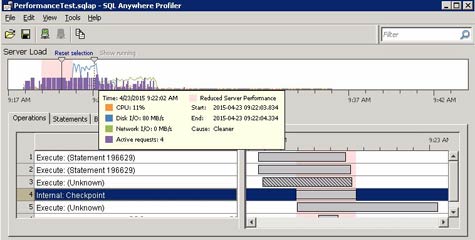Looking to bridge the divide between endpoints and in-memory computing services, SAP today released an update to the SQL Anywhere database that provides tighter data synchronization integration with the SAP HANA in-memory computing platform as well as other databases.
Amit Satoor, senior director of product marketing for the Platform Solutions Group at SAP, says version 17 of the SAP SQL Anywhere database significantly increases the level of automation that is included in a database that is not only used today to drive a large number of mobile applications, but is also increasingly being embedded within a wide variety of Internet of Things (IoT) systems. In addition, the new release adds support for the JavaScript programming language that is increasingly becoming a preferred construct for developing both mobile and IoT applications.
Other enhancements in version 17 include the ability to automatically detect changes to the deployment environment to optimize performance, and database administrator (DBA) cockpit and application profiling tools to extend monitoring and diagnostic capabilities to help IoT applications.
Finally, SAP also added support for online rebuild, dynamic starting and stopping of connection protocols, and point-in-time recovery tools, and improved the data masking and encryption capabilities of data both at rest and in motion.
Satoor says that regardless of whether enterprise IT organizations are deploying mobile or IoT applications, the odds that those applications will always be connected to a network are nil. As such, many IT organizations are rediscovering the value of having a database installed on an endpoint. To that end, SAP has made SQL Anywhere a critical component of an evolving IoT strategy as well as a foundational element of its mobile application development platform.
While it’s not at all clear what database format will eventually dominate mobile and IoT application deployments, as a database with an installation base of more than 12 million instances that SAP gained when it acquired Sybase, it’s clear that SAP has an inside track when it comes to developing those applications. The only real question is to what degree those applications will be connected to the SAP HANA platform versus any number of other backend databases that currently dot the enterprise IT landscape.




